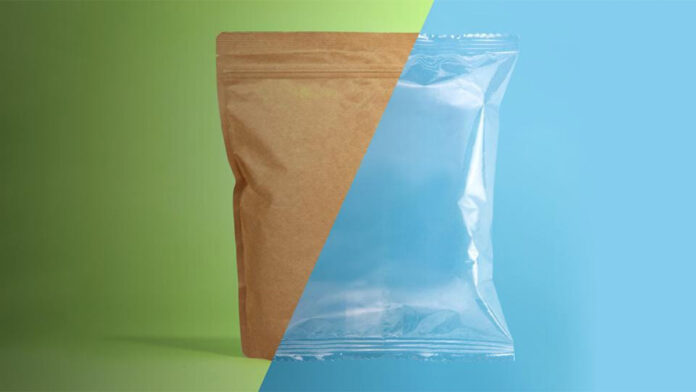Leading packaging companies worldwide are making considerable investments in either virgin fiber paperboard or recycled paperboard to replace plastic packaging. Massive investments of these types generally appeal to the ESG mandates of brands willing to clean up their packaging act.
On 20 December 2021, the Sweden-based BillerudKorsnas announced that it is acquiring North America-based Verso for US$ 825 million to bolster its growth in that continent. This acquisition is meant to create “one of the largest providers of virgin fiber paper packaging board with a cost and quality advantage.” At the same time, Atlanta, a US-based Graphic Packaging Holding, is also looking to invest a whopping US$ 600 million in a recycled board project in Kalamazoo, Michigan. It aims to produce more environmentally friendly paperboard, especially for brand owners seeking to please their investors and consumers with an eco-friendly supply chain.
Graphic packaging is a byproduct/substitute from Coors Brewing used to make moisture-resistant boxes for shipping beer in refrigerated trucks. Earlier in the 1990s, it became an independent and most prominent company in the Southern US pine belt with mills making paperboard from sawmill scraps and forestry products unfit for lumber. An active research and development company currently holding 2,400 patents and another 500 patent applications in the queue. Recently, it has been rationalizing its paper mills by consolidating its plants to lower the overall carbon footprint. Similar to BillerudKorsnas, in November 2021, Graphic acquired Sweden-based AR Packaging in Europe for US$ 1.45 billion in cash.
Generally, Europe is considered a trendsetter in sustainable Packaging and ESG investment. Graphic raised investments by issuing US$ 100 million in green bonds, which were oversubscribed more than 20 times, and various smaller stakes by other ESG investment firms. The Graphic also tried its KeelClip- a paperboard substitute for plastic six-pack rings for carrying beverage cans. However, even if the KeelClip is recyclable, the emissions generated by its manufacture and logistics are higher at 19.32 grams of CO2 as compared to the plastic 6-pack ring at 18.95 grams of CO2. Therefore, Graphic is now developing its DiamondClip (EnviroClip) with equal strength but will produce half the carbon footprint of the plastic 6-pack rings.
Even though new paperboard manufacturing projects are expensive, they produce packaging paper that can easily replace various plastic packaging components, which are cheaper alongside producing higher utility products with a lower carbon footprint, i.e., lower supply chain costs and efficient use of energy and water.
The main problem with Plastic is that only 14% of plastic packaging can be collected, whereas only one-third of plastic waste is collected. As per WEF, Ellen MacArthur Foundation, and McKinsey research published in 2019, only 12% of Plastic is recycled, 28% is destroyed, and unfortunately, 60% remains in the environment with a large amount in landfills, rivers and seas.
Also, plastic laminates hold better moisture and oxygen barrier properties. So alongside water-based coatings and other improvements to replace Plastic, paperboard becomes a costly affair. This is why large plants with sustainable raw materials, energy, and logistic efficiencies are required with substantial technology and investment. But the big bets by companies such as BillerudKorsnas and Graphic Packaging highlight that the brand owners and consumers will eventually pay a slightly higher price for paper-based packaging to eliminate the use of Plastic.












